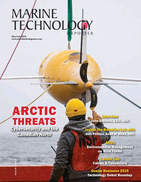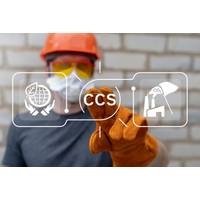
Industry Leaders Set to Discuss Future of US Offshore CCS Market
.Industry leaders, policymakers, regulators, and innovators are set to convene for forward-looking conversations on the future of U.S. CCS projects and cutting-edge offshore technologies. Several sessions are planned throughout the day, featuring speakers from TotalEnergies, ExxonMobil, Wood, American Bureau of Shipping (ABS) and others, who will shed more light on CCS research and deliver insights on the current state of CCS industry and future opportunities
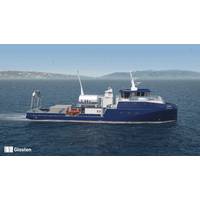
Shipbuilding RFP Issued to Build Hydrogen-Hybrid Research Vessel
acoustic sensors.“This solicitation marks a major milestone following extensive engineering and design efforts by our team,” said Bruce Appelgate, associate director at Scripps Oceanography, who oversees ship operations.The vessel’s preliminary design was approved by the American Bureau of Shipping in June 2024, followed by U.S. Coast Guard approval in November—confirming it meets safety and technical standards for zero-emission hydrogen propulsion. CCRV aligns with California’s climate action goals, supporting the state’s commitment to reducing air pollution
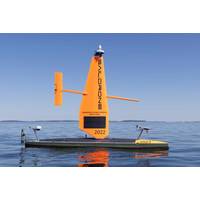
Saildrone Surveys Gulf of Maine to Identify Potential Deep-sea Coral Habitat
is the first successful demonstration of Saildrone Voyager mapping capabilities, pushing the envelope of what is possible using autonomous systems for shallow to mid-depth EEZ mapping. Its state-of-the-art Norbit multibeam echo sounder combined with near-silent operations and classification from the American Bureau of Shipping, make Saildrone’s Voyager the USV of choice for near-shore mapping. These capabilities can be applied for any number of missions, from habitat exploration to safety of navigation to site characterization for offshore wind,” said Brian Connon, Saildrone’s VP of Ocean
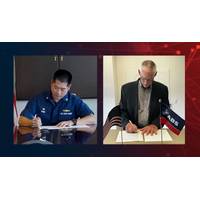
ABS and the US Coast Guard R&D Center Team Up for Maritime Tech Development
American Bureau of Shipping (ABS) and the United States Coast Guard Research and Development Center (USCG-RDC) signed a memorandum of understanding (MoU) as a stepping stone towards collaborative research and development on top-of-mind technologies impacting the maritime industry.Activity under the MoU can include developing joint research publications, new technology qualifications and information sharing in a variety of research areas including remote and autonomous systems for uncrewed surface and underwater vehicles, advanced data analytics involving artificial intelligence and machine learning

ABS and FibreMax Team Up for Floating Wind Mooring Tech
American Bureau of Shipping (ABS) and Dutch company FibreMax have signed an agreement to collaborate on stiffness-driven mooring tendons for the floating offshore wind market.The collaboration, which is principally focused on floating offshore wind assets, will see ABS provide qualification of FibreMax’ s fiber and small rope testing.ABS will evaluate test methods for accuracy in predicting the parameters needed to perform representative analysis, focusing on stiffness, while FibreMax will provide expertise on stiffness, based on its patented Parallel Wound Technology (PWT).“ABS’
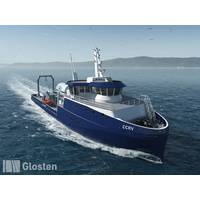
Hydrogen-Hybrid Research Vessel Earns AIP
Glosten was awarded an Approval in Principle (AIP) by the American Bureau of Shipping (ABS) for the design of UC San Diego’s new hydrogen-hybrid Coastal-Class Research Vessel (CCRV). The CCRV will be operated by Scripps Institution of Oceanography and feature a propulsion system that uses hydrogen fuel cells for zero-emissions operation.Glosten and the project’s electrical integrator, Siemens Energy (SE), completed the preliminary design for the CCRV in March 2024. As an uninspected, California Air Resource Board (CARB)-compliant, ABS-classed vessel and an alternative design under
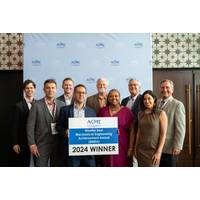
Bardex Mooring System Takes Home Woelfel BMEA Award
. The BarLatchFairlead Stopper solution for OVT of mooring lines uses an Anchor Handling Tug Supply (AHTS) or similar vessel to apply the tension resulting in multiple benefits.The OVT and BarLatch system can be used in any region of the world and is approved by major certifying bodies, including the American Bureau of Shipping (ABS), Bureau Veritas (BV), and Det Noske Veritas (DNV).“Our job at Bardex is to work with the client to innovate the best solution to their unique challenge. In this case, it became an answer to an issue that many others experienced. We are honored that the American Society
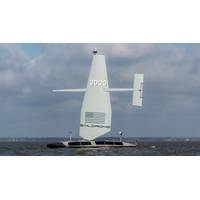
Saildrone Launches First Next-gen Surveyor USV
for autonomous deep-water ocean mapping missions and maritime defense and security missions, the new USVs are being tested under contract to the U.S. Navy.At 20 meters long (65 feet) and 15 tons, the Surveyor is the world’s largest unmanned, autonomous vehicle class in operation. Built to the American Bureau of Shipping (ABS) Light Warship code, the Surveyor will provide the Navy and other government customers with a cutting-edge solution for open-ocean hydrographic surveys and maritime domain awareness (MDA) missions that require persistent wide area coverage.The Surveyor’s aluminum hull
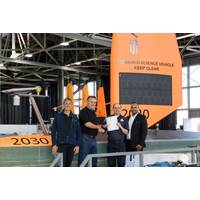
First Marine Vehicle Classed Using ABS Autonomous Guide
President and Chief Technology Officer.“Saildrone has spent three years maturing the Voyager design to be the industry leader in capability, reliability and safety in the uncrewed vehicle sector,” said Richard Jenkins, CEO and founder of Saildrone. “This classification from the American Bureau of Shipping defines the new gold standard for uncrewed systems and underscores the maturity of our technology.&rdquo
 February 2025
February 2025


